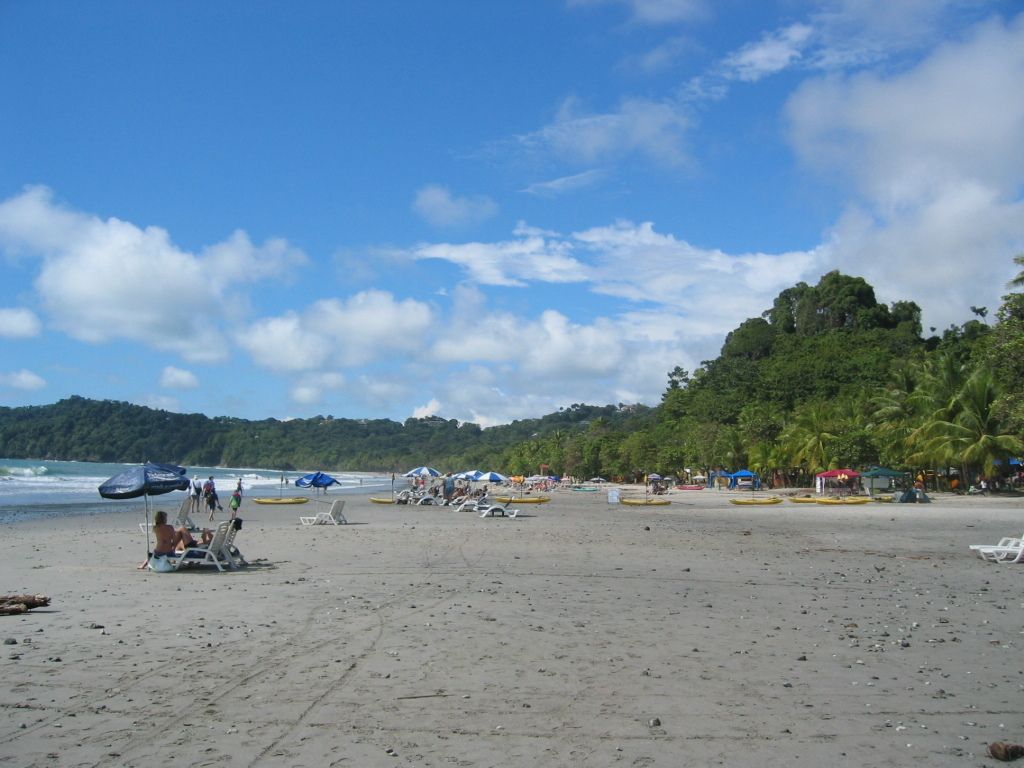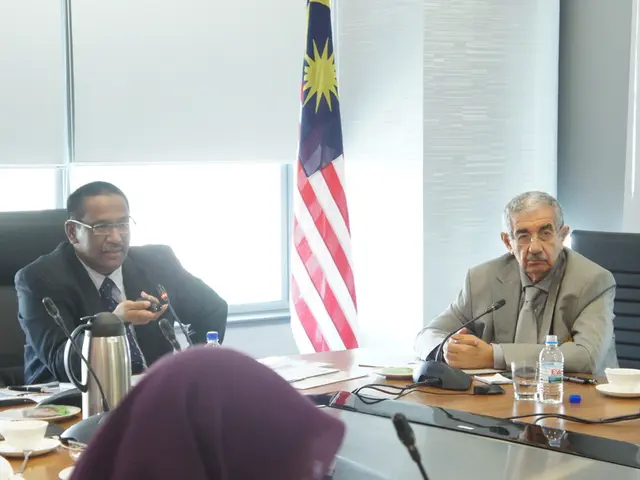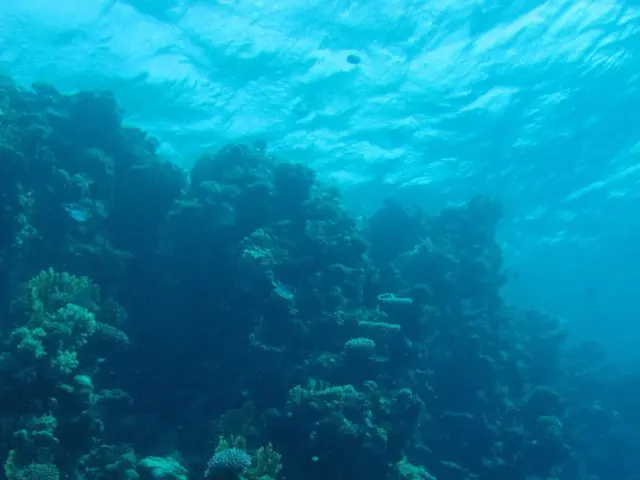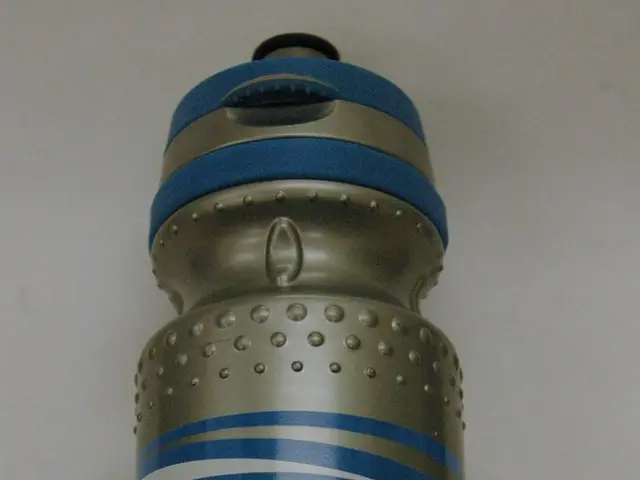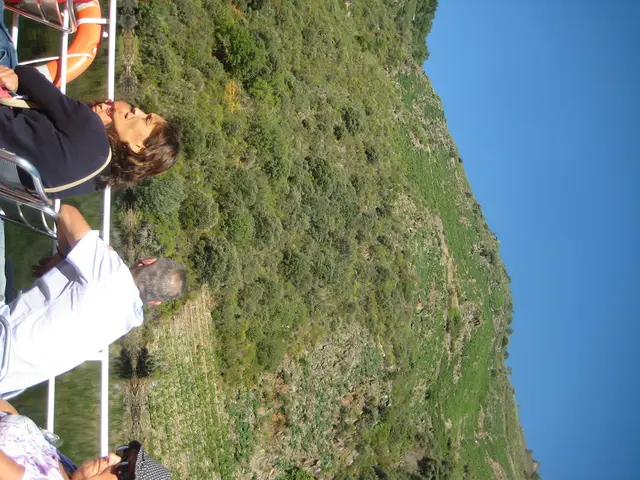Feeling the Heat: Climate Change and its Effects on Alpine Tourism
Soaring temperatures are influencing tourism: Seek out higher elevations instead - Escalating heat levels shape a transformed tourism landscape.
Welcome to a winter wonderland? Maybe, but for how long? Climate change is wreaking havoc in the Alps, an area that's known for its breathtaking landscapes and prime tourist spots. Fast-rising temperatures and increasing natural hazards have gotten winter sports enthusiasts worried, while the summer season seems poised to get a boost.
Departing Glaciers: A Ticking Time Bomb
Experts in the field think that despite global climate protection measures, the Alpine region's average temperature will increase by another 2 degrees by the end of the century. And sadly, this means more retreating glaciers, like the Swiss ones which have shed about 60 percent of their volume since the 19th century. Moreover, the freezing level has gone up an alarming 300-400 meters since 1961.
Winter Sports Lose their Charm
Winter sports are struggling to maintain their allure as a result of these changes. As temperatures rise, snowmaking demands more energy and water, making the sports more costly. Plus, sporting events are migrating to ever-higher altitudes to keep up with climate change. And while some resorts might adapt, others might not be so lucky.
Summer Tourism: The Silver Lining?
On the bright side, climate change could turn out to be a boon for the summer tourism industry in the Alps. As things heat up in the Mediterranean, vacationers are flocking "up north" or "up to the mountains." While the increased tourist pressure could tax the Alps, eco-friendly travel to this region may prove to be more climate-friendly than jetting off to foreign locales.
Research under Threat
Climate change doesn't just affect tourism but research too. The landslide in Blatten, Switzerland, and the destruction of a measuring station, are grim reminders of the dangers posed by permafrost thaw and its impact on research infrastructures.
Nation-Specific Concerns
While all three nations share similar concerns, they each face unique challenges:
- Switzerland: Ski resorts and infrastructure face significant risks from glacier melt and rising temperatures.
- Germany: Shifts in winter snow patterns and climate change effects may pressure sustainable tourism practices.
- Austria: Like Switzerland, Austria’s ski resorts are vulnerable to climate change. Adapting to more sustainable tourism models is crucial for their survival.
Steps towards a Sustainable Future
To combat the challenges posed by climate change, initiatives like BeyondSnow are promoting sustainable development and climate adaptation strategies. Additionally, using financial instruments like insurance-linked securities (ILS) to manage climate-related risks in Alpine tourism infrastructure can spell disaster prevention. And finally, cross-border cooperation like the Waterwise initiative fosters strategies to address water management issues across Alpine regions.
A Game of Survival
With each season bringing new challenges, it's up to communities, governments, and tourism industry leaders to work together to adapt and mitigate the impacts of climate change on Alpine tourism. Or maybe, in the spirit of mountaineering, to climb higher and reach new peaks of sustainability.
Keywords:
- Alps
- Tourism
- Climate change
- Temperature
- Glaciers
- Switzerland
- Natural hazard
- Temperature increase
- Garmisch-Partenkirchen
- Outdoor
- Zugspitze
- Germany
- Austria
Enrichment:
- Winter Tourism
- Reduced Snowfall: Warmer temperatures lead to reduced snowfall and earlier snowmelt, impacting ski resorts and winter sports. This decline in snow reliability and quality can lead to reduced visitor numbers and economic instability for communities reliant on winter tourism.
- Glacier Melt: The loss of glaciers, such as the recent collapse of the Blatten Glacier, poses risks to infrastructure and tourism infrastructure stability.
- ** Economic Consequences**: The decline in snow reliability and quality can lead to reduced visitor numbers and economic instability for communities reliant on winter tourism.
- Summer Tourism
- Permafrost Thaw and Landslides: Thawing permafrost destabilizes mountain slopes, increasing the risk of rockfalls and landslides, which can endanger hiking trails and tourist areas.
- Water Management Challenges: Glacier melt and shifting precipitation patterns affect water availability, impacting summer activities like hiking and water sports, as well as the overall ecosystem health.
- Ecosystem Disruptions: Changes in climate disrupt unique Alpine ecosystems, potentially affecting biodiversity and making some areas less attractive for tourists.
- Potential Consequences for Switzerland, Germany, and Austria
- Switzerland: Faces significant infrastructure risks due to glacier collapse and rising temperatures, which could impact its prominent ski industry and tourism economy.
- Germany: Less dependent on glacier skiing, but still affected by climate-driven changes in snow cover and weather patterns, which can impact sustainable tourism practices.
- Austria: Similar to Switzerland, Austria's ski resorts are under pressure from climate change. The shift towards more sustainable tourism models is crucial for maintaining viability.
- The continuous rise in Alpine temperatures, particularly in Switzerland, is causing alarming concerns for their employment policy in the winter sports sector, as glacier melt and increasing natural hazards make winter sports less appealing and more costly.
- As climate change alters the Mediterranean climate, the summer tourism industry in the Alps may benefit from an influx of vacationers seeking cooler destinations, offering a potential boost to employment opportunities in environmental science, lifestyle, travel, and eco-friendly tourism practices.
- Researchers in the Alpine region face threats to their employment policy due to permafrost thaw and the resulting destruction of measuring stations, underscoring the need for climate-change policies that prioritize the protection of infrastructures crucial to environmental science, such as climate-change and glacier studies.
